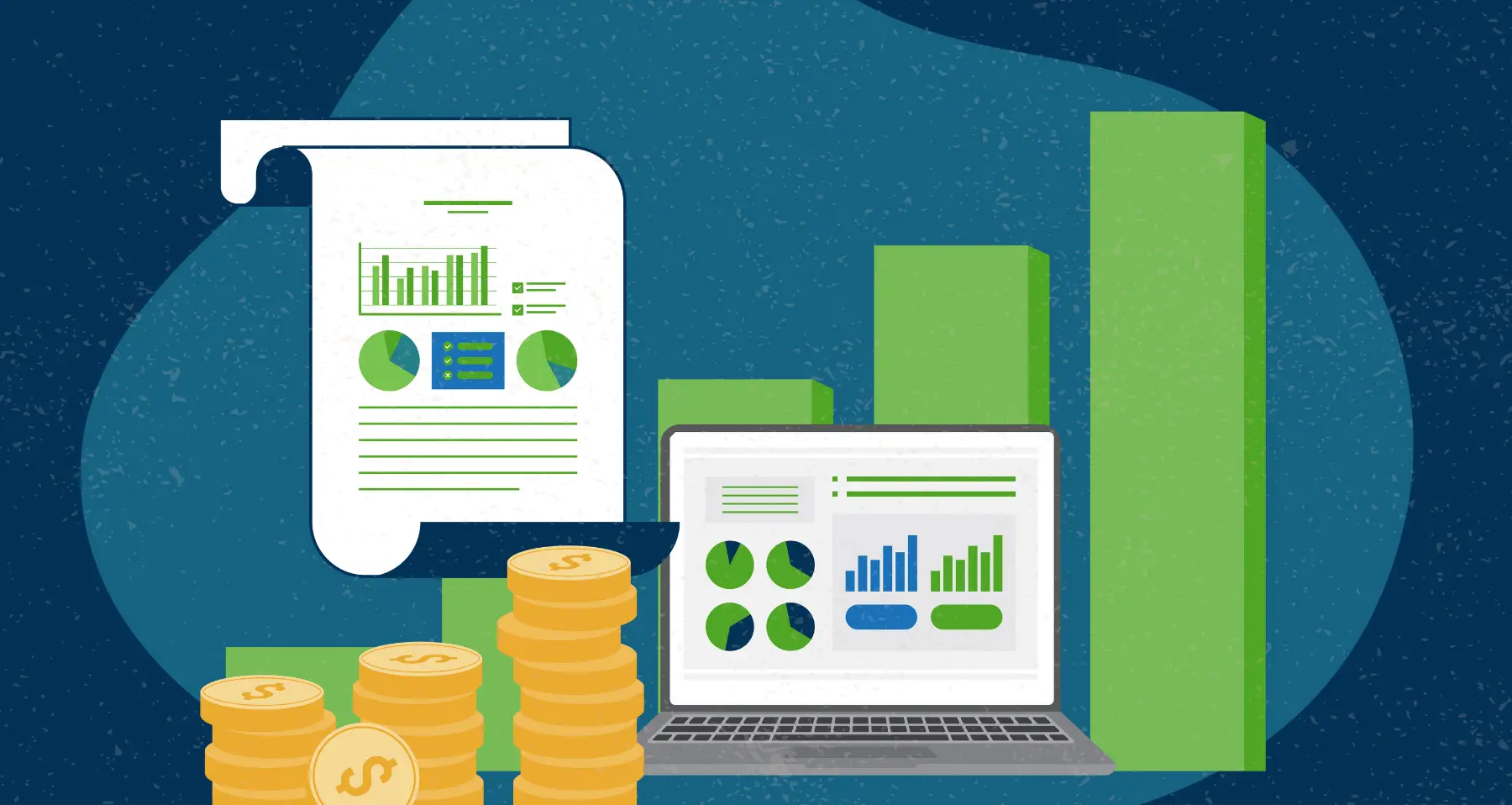
Pricing effectively can feel like hitting a moving target in today’s fast-moving distribution markets. Israel Rodrigo, Business Consultant at Vendavo, explores the key steps for building an efficient, optimized pricing strategy, from selecting the right price waterfall elements to leveraging data and aligning prices with market conditions. Here’s how to streamline your pricing operations and unlock sustainable growth.
Managing fluctuating prices is a major challenge for distributors. Many companies have traditionally relied on their sales teams’ experience to make quick pricing decisions. While this approach can work with skilled teams, it also carries risks – like staff turnover and time-consuming manual processes that limit optimization.
Price volatility comes from many sources, including manufacturer strategies, stock levels, economic shifts, and local competition. To stay ahead, businesses need competitive pricing, to stay aligned with market trends, and to clearly communicate what makes them unique instead of relying solely on discounts to compete.
Figure 1 below highlights how value differentiation plays a role in B2B commodities, adapted from Value First, Then Price: Building Value-Based Pricing Strategies by Andreas Hinterhuber (as discussed in Pricing and the Sales Force by Hinterhuber and Stephan M. Liozu).

Figure 1: Value Differentiation in B2B Commodities
In competitive, low-margin industries, every opportunity to boost profitability matters. Here’s what to focus on:
- Capture every margin opportunity – Even small profits add up.
- Know what makes you different – Identify and measure your unique strengths.
- Customize value for each customer – Different customers value different things, so tailor your approach to meet their expectations.
To build a competitive edge with pricing, follow this simple three-step process:
- Choose key price waterfall elements – Focus on the most impactful parts of your pricing structure.
- Fine-tune your prices – Balance competitiveness with profitability.
- Leverage data – Identify what data you need and how to manage it to keep improving.
How to Choose the Right Price Waterfall Elements to Manage
The first step aligns with the price-setting process outlined by Thomas Nagle and others in The Strategy and Tactics of Pricing. Their framework breaks down the key elements of effective price-setting:

Figure 2: Pricing Process
Start your pricing process with value differentiation by answering two key questions:
- What’s the highest premium a customer is willing to pay?
- What’s the minimum margin I need to stay profitable?
These answers help set your price range. Your maximum price is usually based on a market benchmark or common cost level, while the minimum price ensures you cover costs and maintain a sustainable margin.
Next, you’ll need to pick an initial price point within this range. Will you base it on a reference price, or focus on managing customer-specific prices?
If you’re not sure, use Figure 3: Reference Price Usage Checklist. If you answer “yes” to any of the questions, reference pricing is the right path.

Figure 3: Reference Price Usage Checklist
After selecting your pricing basis, the next step is to decide how you’ll handle other pricing elements. You have two main options:
- Transparent pricing system – Manage price differentiation with surcharges and deductions added to the base price.
- Bundled customer-level pricing – Combine all pricing factors into one tailored price for each customer.
A transparent system breaks out elements like energy costs or order volumes as separate charges. Bundled pricing, on the other hand, rolls everything into one simple price, making it easier for customers to understand.
Figure 4 offers examples of pricing elements that can be included in either approach.

Figure 4: Surcharges and Deductions
A key decision in your pricing strategy is whether to manage each element separately or bundle them into a single customer price. This choice determines which price waterfall elements you’ll focus on and how you’ll manage them going forward.
Since this decision has a big impact, take the time to map out future market scenarios. Consider where your industry is heading and how you can use your chosen price waterfall elements to stay competitive.
The Prices You Should Optimize (and How)
To stay focused and effective, it’s best to optimize these three key elements:
- Reference price
- Order volume surcharge/deduction
- Customer price
Optimizing the Reference Price
Start by defining what the reference price represents. Is it the highest price a customer would pay or the average market price? This definition will shape what prices you show customers throughout their buying journey.
If most sales happen at the reference price, use price elasticity modeling to predict how price changes affect demand. This is especially useful in e-commerce, where customer intent is clearer.
If most sales happen below the reference price, align it with the market to reflect your baseline value. Frequent updates will keep it relevant, and automating these adjustments can boost efficiency.
Optimizing Order Volume Surcharges and Deductions
It’s best to optimize surcharges and deductions as part of your customer pricing strategy. Use these questions to guide your volume optimization:
- Do specific volume tiers improve operational efficiency?
- How much should prices differ between small and large orders?
- How many tiers will encourage larger orders without discouraging smaller customers?
Once the framework is set, use data to fine-tune pricing for each tier.
Optimizing Customer Prices
Customer price optimization looks at the full deal context. Consider factors like freight terms, product groupings, and seasonality, along with insights from Figure 1: Value Differentiation in B2B Commodities.
The goal is to create deal-specific prices that both pricing and sales teams can trust as the best possible option. This transparency reduces the need for manual overrides and keeps quoting and order management smooth and consistent.
The Data You Need to Improve (and How to Manage It)
After selecting the right pricing setup and optimization model, the next step is to ensure you have everything in place to support it. No matter which strategy you choose, data will be essential. The type and amount of data needed will depend on your approach, but having the right data is always crucial for success.
Figure 5: Elements of Necessary Pricing Data outlines several essential data types and recommendations to guide you.

Figure 5: Elements of Necessary Pricing Data
Data often comes from multiple sources and isn’t always easy to quantify. For example, competitor insights from sales teams are often anecdotal. The pricing team plays a key role in interpreting and assigning weight to this information.
To manage this effectively, you can set simple rules like only adjusting prices after receiving more than one complaint. No matter what methods you use, it’s crucial to centralize your data. This keeps the process efficient and prevents your team from wasting time chasing down and merging data for pricing calculations.
How to Select the Right Approach Moving Forward
In volatile markets, smart pricing means making better decisions with less effort. Follow these three steps to stay on track:
- Prioritize key pricing elements – Focus on the most impactful parts of the price waterfall and eliminate unnecessary adjusters to keep things efficient.
- Build a strong data structure – Good data is essential for smooth operations and effective optimization. Without it, your efforts won’t deliver the results you need.
- Pick your focus – Identify where you’ll see the most improvement – whether it’s reference prices or customer prices – and develop a plan to optimize it.
Vendavo has been powering the profit transformations of global manufacturers and distributors for more than 25 years. A successful profit transformation requires unified pricing, selling, and rebate management – and that’s what Vendavo does best.
Ready to start your profit transformation? Reach out today to request a demo or speak with an expert about your business needs.
